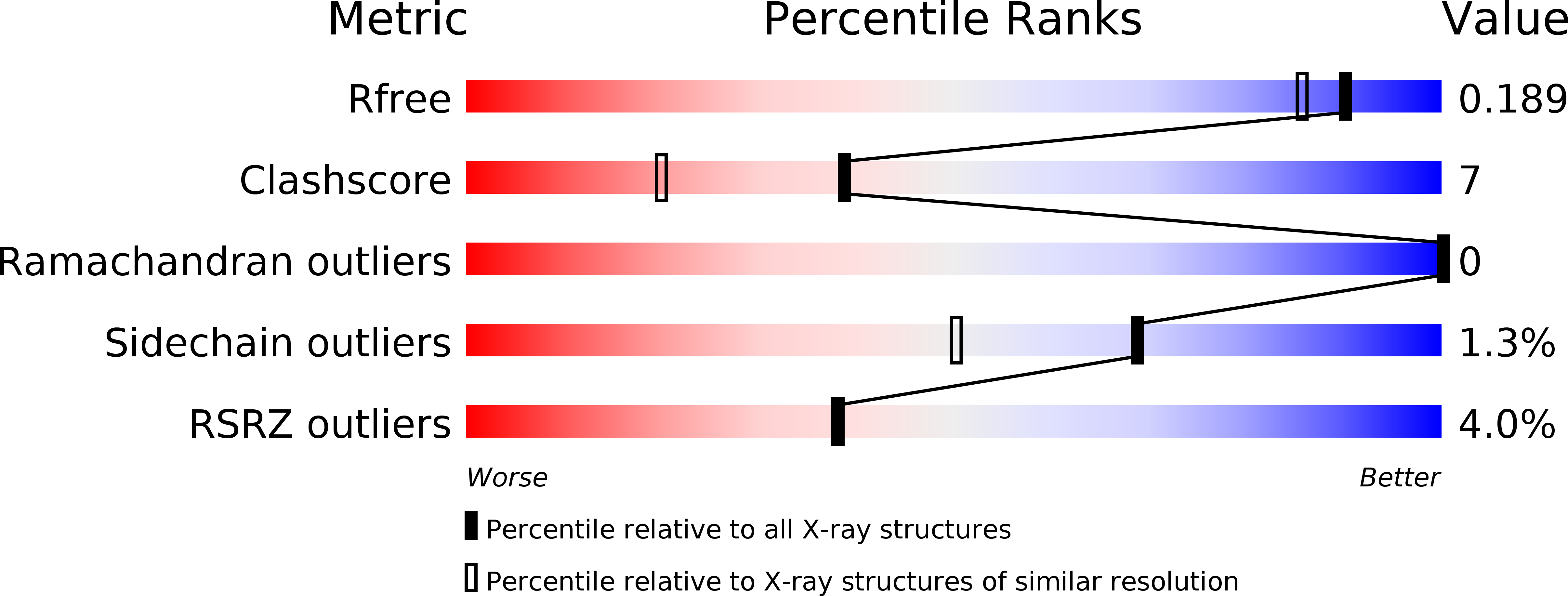
Deposition Date
2005-10-17
Release Date
2006-07-18
Last Version Date
2024-11-06
Entry Detail
PDB ID:
2BBA
Keywords:
Title:
Crystal Structure and Thermodynamic Characterization of the EphB4 Receptor in Complex with an ephrin-B2 Antagonist Peptide Reveals the Determinants for Receptor Specificity.
Biological Source:
Source Organism:
Homo sapiens (Taxon ID: 9606)
Host Organism:
Method Details:
Experimental Method:
Resolution:
1.65 Å
R-Value Free:
0.19
R-Value Work:
0.17
R-Value Observed:
0.17
Space Group:
P 41 21 2


